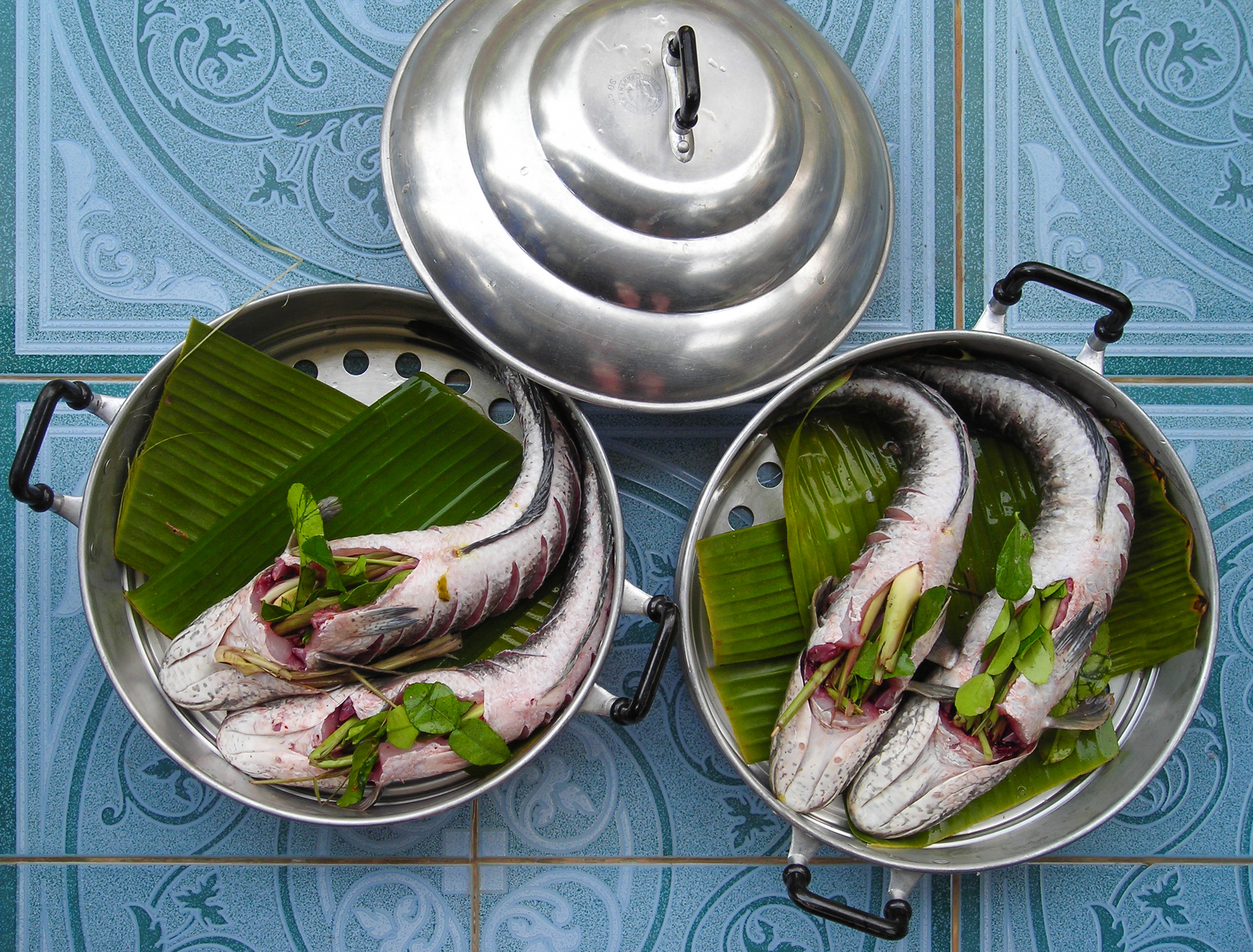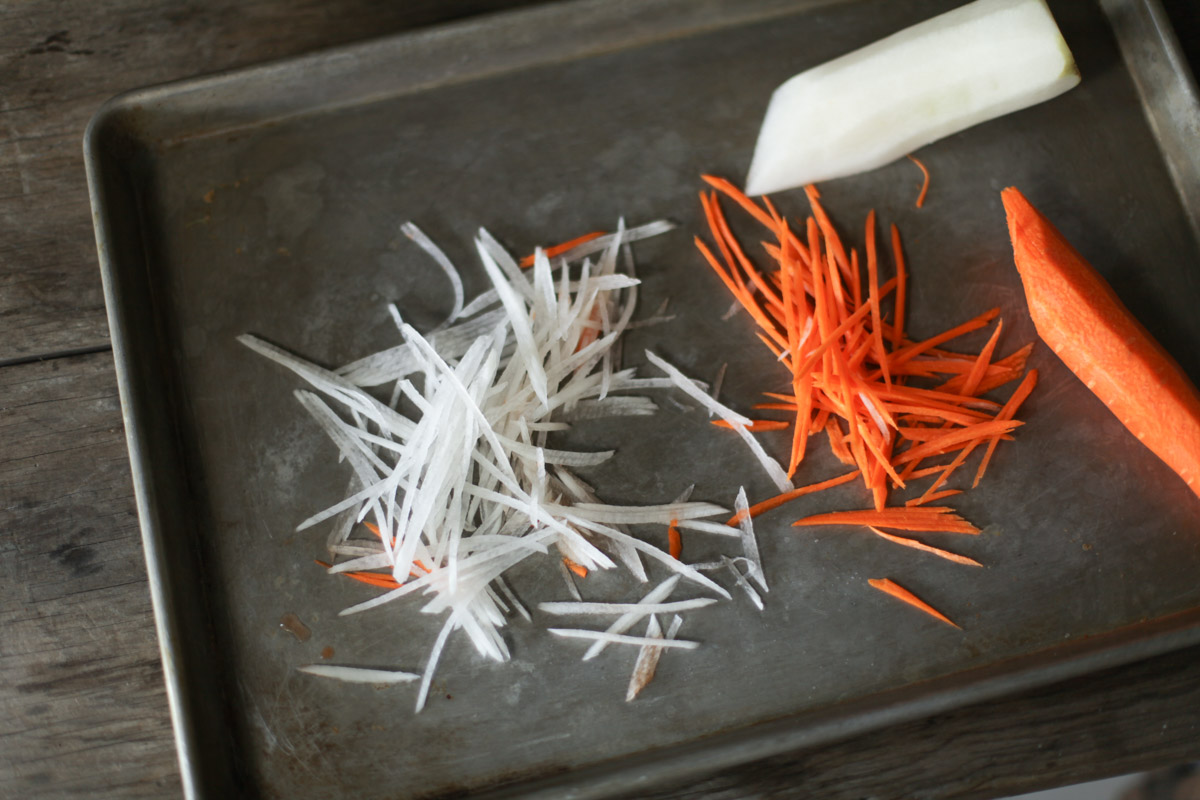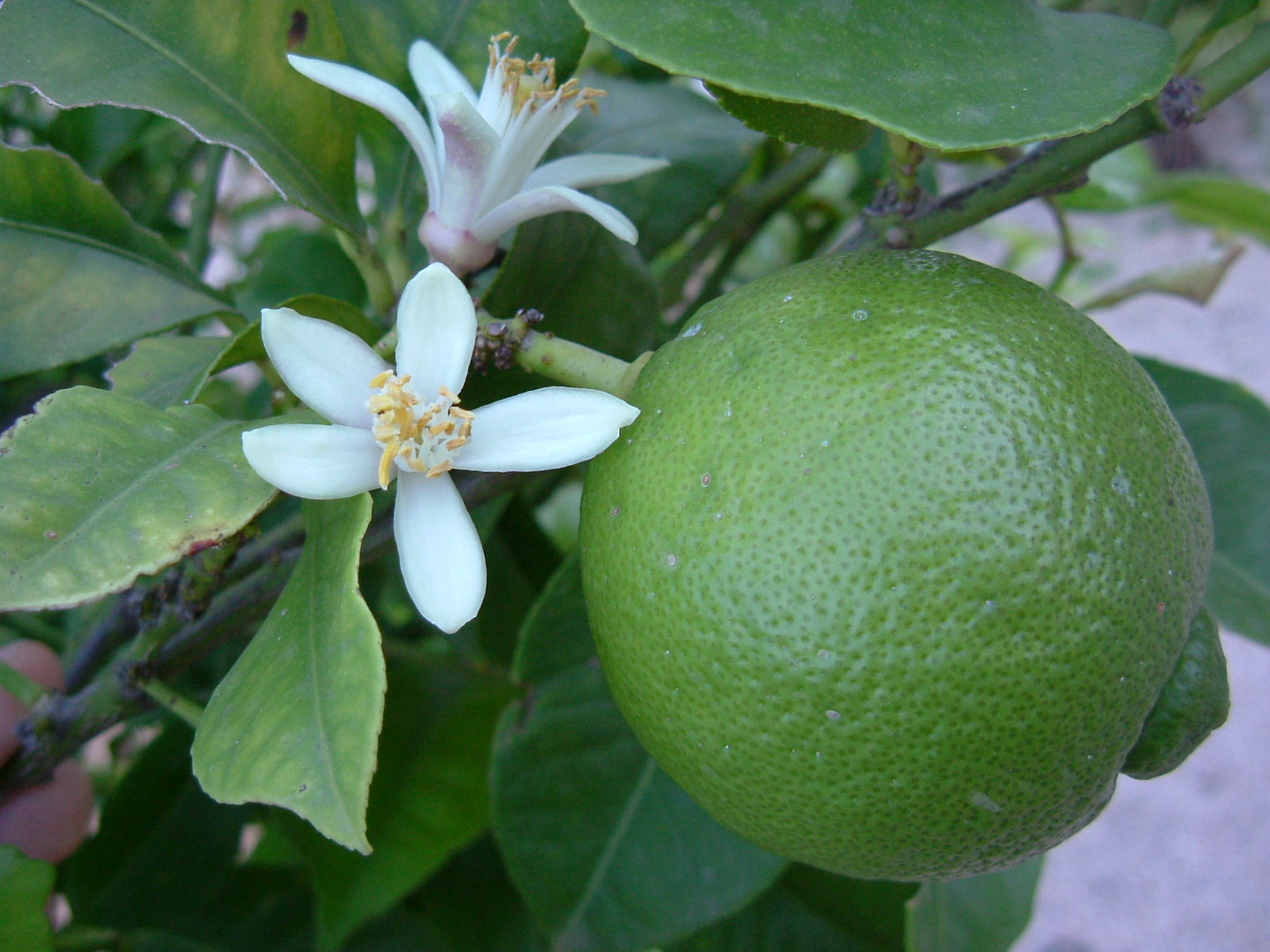|
Ceviche
Ceviche () is a Peruvian dish typically made from fresh raw fish cured in fresh citrus juices, most commonly lime or lemon. It is also spiced with '' ají'', chili peppers or other seasonings, and julienned red onions, salt, and cilantro are also added . Because the dish is eaten raw and not cooked with heat, it must be prepared fresh and consumed immediately to minimize the risk of food poisoning. Benson et al. ''Peru'' p. 78 Ceviche is often eaten as an appetizer; if eaten as a main dish, it is usually accompanied by side dishes that complement its flavors, such as sweet potato, lettuce, maize, avocado, or cooking banana. Harrison, ''Beyond Gumbo'', p. 85 The dish is popular in the Pacific coastal regions of western South America. González and Ross, ''Entre el comal y la olla: fundamentos de gastronomía costarricense'', p. 171 The origin of ceviche is from the ancient Moche culture, which today corresponds to the modern day country of Peru. The technique of macerating raw ... [...More Info...] [...Related Items...] OR: [Wikipedia] [Google] [Baidu] |
Lima
Lima ( ; ), originally founded as Ciudad de Los Reyes (City of The Kings) is the capital and the largest city of Peru. It is located in the valleys of the Chillón, Rímac and Lurín Rivers, in the desert zone of the central coastal part of the country, overlooking the Pacific Ocean. Together with the seaside city of Callao, it forms a contiguous urban area known as the Lima Metropolitan Area. With a population of more than 9.7 million in its urban area and more than 10.7 million in its metropolitan area, Lima is one of the largest cities in the Americas. Lima was named by natives in the agricultural region known by native Peruvians as ''Limaq''. It became the capital and most important city in the Viceroyalty of Peru. Following the Peruvian War of Independence, it became the capital of the Republic of Peru (República del Perú). Around one-third of the national population now lives in its metropolitan area. The city of Lima is considered to be the political, cultural, f ... [...More Info...] [...Related Items...] OR: [Wikipedia] [Google] [Baidu] |
Fish (food)
Many species of fish are caught by humans and consumed as food in virtually all regions around the world. Fish has been an important dietary source of protein and other nutrients throughout human history. The English language does not have a special culinary name for food prepared from fish like with other animals (as with '' pig'' vs. ''pork''), or as in other languages (such as Spanish '' pez'' vs. '' pescado''). In culinary and fishery contexts, ''fish'' may include so-called shellfish such as molluscs, crustaceans, and echinoderms; more expansively, seafood covers both fish and other marine life used as food. Since 1961, the average annual increase in global apparent food fish consumption (3.2 percent) has outpaced population growth (1.6 percent) and exceeded consumption of meat from all terrestrial animals, combined (2.8 percent) and individually (bovine, ovine, porcine, etc.), except poultry (4.9 percent). In '' per capita'' terms, food fish consumption has grown ... [...More Info...] [...Related Items...] OR: [Wikipedia] [Google] [Baidu] |
Julienning
Julienne, , or french cut, is a culinary knife cut in which the food item is cut into long thin strips, similar to matchsticks. Common items to be julienned are carrots for , celery for , potatoes for julienne fries, or cucumbers for . Trimming the ends of the vegetable and the edges to make four straight sides makes it easier to produce a uniform cut. A uniform size and shape ensures that each piece cooks evenly and at the same rate. The measurement for julienne is . Once julienned, turning the subject 90 degrees and dicing finely will produce brunoise (). The first known use of the term in print is in François Massialot's (1722 edition). The origin Origin(s) or The Origin may refer to: Arts, entertainment, and media Comics and manga * ''Origin'' (comics), a Wolverine comic book mini-series published by Marvel Comics in 2002 * ''The Origin'' (Buffy comic), a 1999 ''Buffy the Vampire Sl ... of the term is uncertain. A is composed of carrots, beets, leeks, c ... [...More Info...] [...Related Items...] OR: [Wikipedia] [Google] [Baidu] |
Peru
, image_flag = Flag of Peru.svg , image_coat = Escudo nacional del Perú.svg , other_symbol = Great Seal of the State , other_symbol_type = Seal (emblem), National seal , national_motto = "Firm and Happy for the Union" , national_anthem = "National Anthem of Peru" , march = "March of Flags" , image_map = PER orthographic.svg , map_caption = , image_map2 = , capital = Lima , coordinates = , largest_city = capital , official_languages = Peruvian Spanish, Spanish , languages_type = Co-official languages , languages = , ethnic_groups = , ethnic_groups_year = 2017 , demonym = Peruvians, Peruvian , government_type = Unitary state, Unitary Semi-presidential system, semi-presidential republic , leader_title1 = President of Peru, President ... [...More Info...] [...Related Items...] OR: [Wikipedia] [Google] [Baidu] |
Peruvian
Peruvians ( es, peruanos) are the citizens of Peru. There were Andean and coastal ancient civilizations like Caral, which inhabited what is now Peruvian territory for several millennia before the Spanish conquest in the 16th century; Peruvian population decreased from an estimated 5–9 million in the 1520s to around 600,000 in 1620 mainly because of infectious diseases carried by the Spanish. Spaniards and Africans arrived in large numbers in 1532 under colonial rule, mixing widely with each other and with Native Peruvians. During the Republic, there has been a gradual immigration of European people (especially from Spain and Italy, and in a less extent from Germany, France, Croatia, and the British Isles). Chinese and Japanese arrived in large numbers at the end of the 19th century. With 31.2 million inhabitants according to the 2017 Census, Peru is the fifth most populous country in South America. Its demographic growth rate declined from 2.6% to 1.6% between 1950 and 2000 ... [...More Info...] [...Related Items...] OR: [Wikipedia] [Google] [Baidu] |
Lime (fruit)
A lime (from French ''lime'', from Arabic ''līma'', from Persian ''līmū'', "lemon") is a citrus fruit, which is typically round, green in color, in diameter, and contains acidic juice vesicles. There are several species of citrus trees whose fruits are called limes, including the Key lime (''Citrus aurantiifolia''), Persian lime, Makrut lime, and desert lime. Limes are a rich source of vitamin C, are sour, and are often used to accent the flavours of foods and beverages. They are grown year-round. Plants with fruit called "limes" have diverse genetic origins; limes do not form a monophyletic group. Plants known as "lime" The difficulty in identifying exactly which species of fruit are called lime in different parts of the English-speaking world (and the same problem applies to synonyms in other European languages) is increased by the botanical complexity of the citrus genus itself, to which the majority of limes belong. Species of this genus hybridise readily, and i ... [...More Info...] [...Related Items...] OR: [Wikipedia] [Google] [Baidu] |
Sweet Potato
The sweet potato or sweetpotato ('' Ipomoea batatas'') is a dicotyledonous plant that belongs to the bindweed or morning glory family, Convolvulaceae. Its large, starchy, sweet-tasting tuberous roots are used as a root vegetable. The young shoots and leaves are sometimes eaten as greens. Cultivars of the sweet potato have been bred to bear tubers with flesh and skin of various colors. Sweet potato is only distantly related to the common potato (''Solanum tuberosum''), both being in the order Solanales. Although darker sweet potatoes are often referred to as "yams" in parts of North America, the species is not a true yam, which are monocots in the order Dioscoreales. Sweet potato is native to the tropical regions of the Americas. Of the approximately 50 genera and more than 1,000 species of Convolvulaceae, ''I. batatas'' is the only crop plant of major importance—some others are used locally (e.g., ''I. aquatica'' "kangkong"), but many are poisonous. The genus ''Ipomo ... [...More Info...] [...Related Items...] OR: [Wikipedia] [Google] [Baidu] |
Cilantro
Coriander (;coriander in the Cambridge English Pronouncing Dictionary ''Coriandrum sativum'') is an annual in the family . It is also known as Chinese parsley, dhania, or cilantro (). [...More Info...] [...Related Items...] OR: [Wikipedia] [Google] [Baidu] |
Cooking Banana
Cooking bananas are banana cultivars in the genus '' Musa'' whose fruits are generally used in cooking. They may be eaten ripe or unripe and are generally starchy. Many cooking bananas are referred to as plantains (/ˈplæntɪn/, /plænˈteɪn/, /ˈplɑːntɪn/) or green bananas. In botanical usage, the term "plantain" is used only for true plantains, while other starchy cultivars used for cooking are called "cooking bananas". True plantains are cultivars belonging to the AAB group, while cooking bananas are any cultivars belonging to AAB, AAA, ABB, or BBB groups. The currently accepted scientific name for all such cultivars in these groups is ''Musa'' × ''paradisiaca''. Fe'i bananas (''Musa'' × ''troglodytarum'') from the Pacific Islands are often eaten roasted or boiled, and are thus informally referred to as "mountain plantains," but they do not belong to any of the species from which all modern banana cultivars are descended. Cooking bananas are a major food staple in ... [...More Info...] [...Related Items...] OR: [Wikipedia] [Google] [Baidu] |
Revolución
Revolución, the Spanish word for revolution, may refer to: Music *''Revolución'', a 1985 album by La Polla Records * ''Revolución'' (WarCry album), a 2008 album by WarCry * ''Revolución'' (The Dead Daisies album), a 2015 album by The Dead Daisies *'' La Revolución'', a 2009 album by Wisin & Yandel * "Revolución" (song), a 1997 Enrique Iglesias song from his album ''Vivir'' Other uses *'' ¿¡Revolución!?'', a 2006 Canadian documentary about Hugo Chávez * Avenida Revolución, the main tourist street in Tijuana, Mexico * Estadio Revolución, a sports arena in Coahuila, Mexico * Revolución metro station (Guadalajara), Jalisco, Mexico * Revolución metro station (Mexico City), Mexico * Revolución (Mexico City Metrobús), a BRT station in Mexico City * Revolución (Mexibús), a BRT station in Ecatepec, Mexico *''Revolución'', a Cuban newspaper merged into '' Granma'' See also * * Revolution (other) A revolution is a drastic political change that usually occurs rel ... [...More Info...] [...Related Items...] OR: [Wikipedia] [Google] [Baidu] |
Viceroyalty Of Peru
The Viceroyalty of Peru ( es, Virreinato del Perú, links=no) was a Spanish imperial provincial administrative district, created in 1542, that originally contained modern-day Peru and most of the Spanish Empire in South America, governed from the capital of Lima. The Viceroyalty of Peru was officially called the Kingdom of Peru. Peru was one of the two Spanish Viceroyalties in the Americas from the sixteenth to the eighteenth centuries. The Spanish did not resist the Portuguese expansion of Brazil across the meridian established by the Treaty of Tordesillas. The treaty was rendered meaningless between 1580 and 1640 while Spain controlled Portugal. The creation during the 18th century of Viceroyalties of New Granada and Río de la Plata (at the expense of Peru's territory) reduced the importance of Lima and shifted the lucrative Andean trade to Buenos Aires, while the fall of the mining and textile production accelerated the progressive decay of the Viceroyalty of Peru. E ... [...More Info...] [...Related Items...] OR: [Wikipedia] [Google] [Baidu] |
Key Lime
The Key lime or acid lime (''Citrus'' × ''aurantiifolia'' or ''C. aurantifolia'') is a citrus hybrid ('' C. hystrix'' × ''C. medica'') native to tropical Southeast Asia. It has a spherical fruit, in diameter. The Key lime is usually picked while it is still green, but it becomes yellow when ripe. The Key lime is smaller, seedier, has higher acidity, stronger aroma, and thinner rind than the Persian lime (''Citrus × latifolia''). It is valued for its characteristic flavor. The name comes from its association with the Florida Keys, where it is best known as the flavoring ingredient in Key lime pie. It is also known as West Indian lime, bartender's lime, Omani lime, or Mexican lime, the last classified as a distinct race with a thicker skin and darker green colour. Philippine varieties have various names, including ''dayap'' and ''bilolo''. Etymology The English word ''lime'' was derived, via Spanish then French, from the Arabic word ''līma'', which is, in turn, a deriv ... [...More Info...] [...Related Items...] OR: [Wikipedia] [Google] [Baidu] |

%2C_Guamán_Poma%2C_1616.jpg)


.jpg)


_and_one_loose_plantain.jpg)
